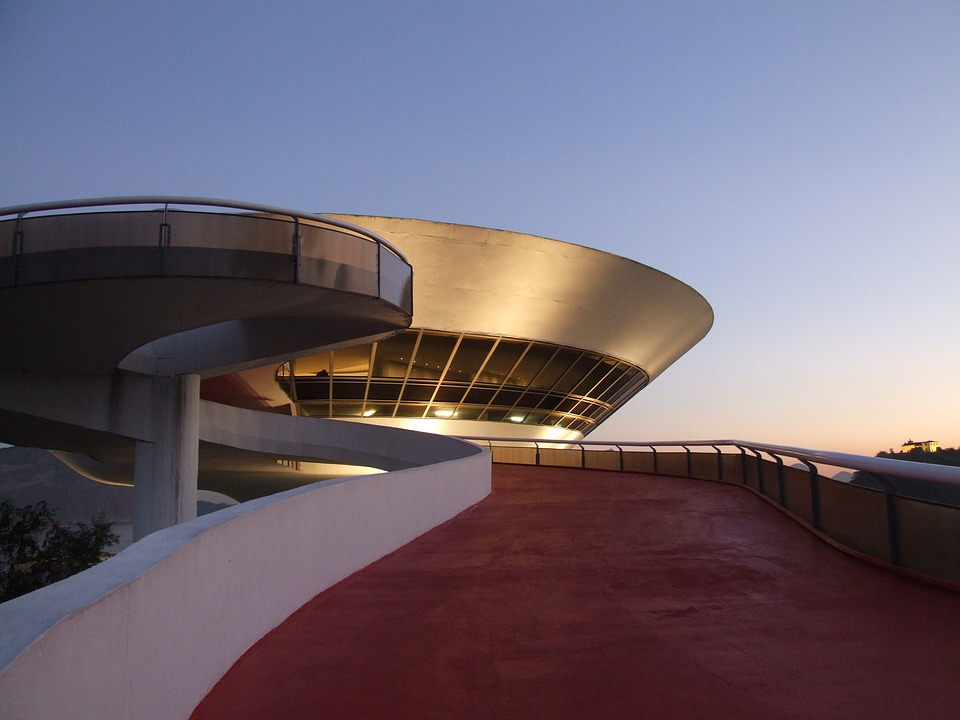Museu de Arte do Rio (MAR): Favela Exhibition

Museu de Arte do Rio was opened in 2013 as part of RJ's plan to revitalize its cultural sector in the leadership to the 2014 World Cup. With its highly innovative design, the work of Bernardes and Jacobsen Arquitetura, it is celebrated not only as a cultural addition to the city but also as an iconic building within Rio's developing landscape. Let's look at the most prominent exhibition of the week.
From Valongo to Favela: The Imagery and the Periphery
The Rio Museum of de Art's (MAR) primary ongoing exhibition of 2014- “From Valongo to Favela: The Imaginary and the Periphery” opened its doors last May to showcase the history of Rio's Port area. The large exhibition touches on the concept of “periphery” because of the fact that the MAR is located in an area of Brazil considered to the first periphery in Brazil. Through an artistic medium, the exhibition examines how the cultural imagery of this periphery was formed. Curators Cardoso and Clarissa Diniz selected about 200 pieces of art including historic objects, iconography and contemporary works that are displayed in the exhibition.
The History
Since the beginning of existence, the favela has fascinated artists, either as a target of decortication, or at times as a celebration of a unique culture. Gradually, in Brazilian art, a “favela aesthetic” has emerged. At any Brazilian art fair, tourists can purchase representations of favelas as happy, colourful, almost utopian places. The characteristic appearance of the buildings on the hillsides ended up merging, with the geometric mesh that inspired the constructivist art of the second half of the 20th century.
This “aesthetic fact”, today, is being regenerated by artists on an ethical basis: the presence and discussions of diverse aspects of the favela not as visual ethnography, but as an effort of critique and inclusion. Shedding light on the ongoing pervasive problems still existing within Rio, the showing traces a pathway from historical issues of the place and activities that occurred in the port area, to the development of the favela as an issue of interest in art far beyond the geographical limits of its origin.
The exhibit is set up chronologically in two large halls- one chronicling the slave-trade era and one showing current life in Rio's favelas. By connecting the period of the slave trade prior to 1888 with the settlement of the first favela in the same area just ten years later, in 1898, this exhibition has made an obvious historical connection: Brazil's deep slave past and the existence of its favelas are inextricably linked. The two halls are juxtaposed, one with black walls and the other with white walls. Through most works are static, there are some interactive video/audio prices for the public to engage with.
The social problem
In the 18th century, the port near downtown RJ, served as the arrival spot of around two million Africans being traded as slaves in the famous Valongo wharf and street slave market. Through a process of marginalization, the region gradually transformed into a place of poverty, violence and death. The inequality of this and other parts of the city was confirmed at the end of the 19th century by the appearance of the first favela-Morro da Providencia.
The exhibition captures the “hotshots”, “hustlers” and “capioca toughs” of Saude- the most dangerous, immoral and feared place in the city in the view of many who lived in other parts of Rio. More than a century later, with favelas spread throughout all of Brazil, it appears that the pressures and contradictions that are behind this “problem” are a long way from being resolved.
The MAR
Today, the concepts of “periphery” and “peripheral” are of vital importance for contemporary art-put into a critical dialogue with traces of a re-envisioned and reinvented past. The favela and the port region of Rio, have a long history and as such is a fundamental part of the memory modes of Brazilian life. Drawing attention to the inherent inequalities is necessary so that the respect, due to all, also reaches to those marginalized by society. For a “real” perspective of Rio including alluring and shocking aesthetic talent, this exhibition is a must cultural experience.
Leave a Reply